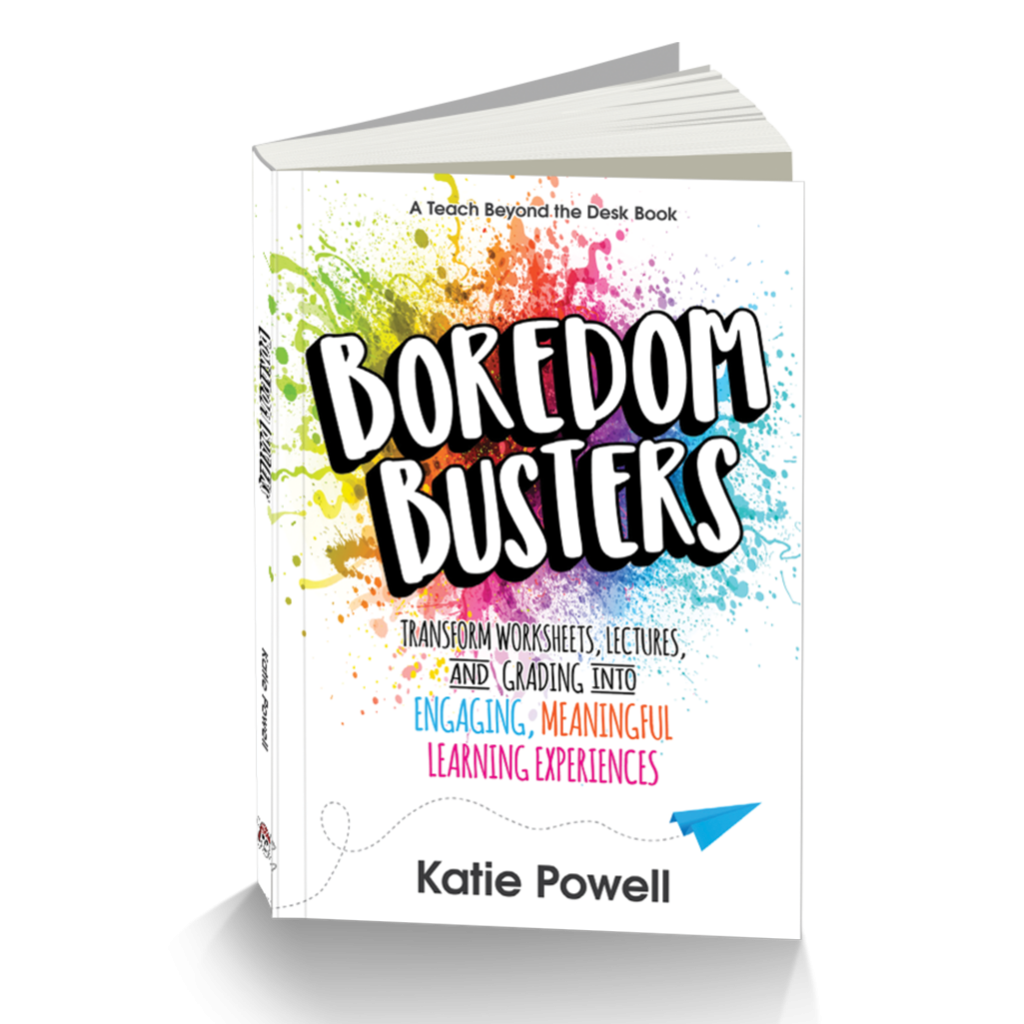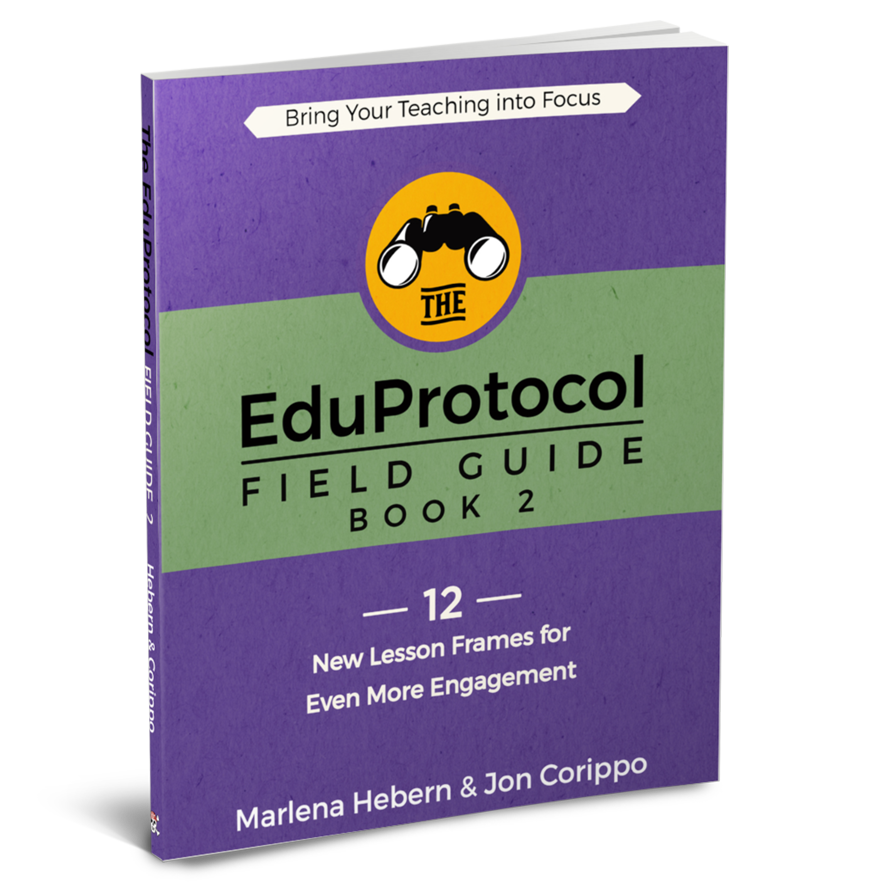My dear friend, Brian Aspinall (author of multiple books including two I’ve written about – Code Breaker & Block Breaker – and now CEO of Code Breaker, Inc which is rocking the world of education in Canada and beyond) sent a couple of books that his company has published to me. I always love reading and growing as an educator, so I was excited to check these out! Besides, Brian never steers me wrong. I’ve always been inspired by him.

As I opened Staying Grounded by Michael J Hynes, I was excited to see familiar names – Sir Ken Robinson, Abraham Maslow, Carol Dweck, and more – and knew immediately Mike was going to be one of “my people”. Within his book there are 12 principles broken down into three parts.
Part 1 about the “inside work” features principles like taking care of yourself and keeping a check on your attitude. Oops. Not even 50 pages into the book and I’ve already messed up on the first two principles. Clearly I needed to read this book, and I needed it now (as in yesterday). If you follow me on Twitter, you may have seen that I spent a whopping 17 hours asleep this past weekend… you didn’t see however that, after posting that picture, I didn’t even last 3 hours, then I went right back to bed. I slept for over 20 hours in a 24-hour period. I’m not sick; I’m just not sleeping well. I’m sure I’m not alone in this. Are you an educator? Are you sleeping well these days? I bet the last “good” night of sleep I had was pre-COVID. You?
https://platform.twitter.com/widgets.jsSooo… apparently I needed to catch up on some sleep. 👀😇
— Alicia Ray (@iluveducating) September 28, 2020
Take care of yourself, y’all!#EduEyeExam #remotelearning #teachpos #bookcamppd #champforkids #waledchat #tlap #LeadLAP #ogc pic.twitter.com/Turg3oIZaK
As I read Mike’s words, I know that I need to prioritize taking better care of myself. Then he comes right after “take care of yourself” and hits me with “attitude diseases”. I’m thinking… is this guy watching my life play out?! I think I am a pessimist by nature, believe it or not… well, maybe not a “pessimist” – I prefer to see it as being a “realist”. This may truly come as a surprise to some, but I work hard to finding the good in people and experiences. It’s intentional. Every single time. It doesn’t come natural to me. In fact, when I’m traveling and have the opportunity (especially when I’m alone) I’ll find the nearest Hobby Lobby and spend some time walking around the wooden wall decor. The uplifting words all around me puts me in a positive mindset! It also means I’m putting another item in my cart online! What Mike says here is true; “Attitudes determine who we are and what we can do.”
Moving into Part 2 – the “outside work” – I was challenged by the power of routines. I am not a morning person. at. all. In my #DBCBookBlogs post The EduNinja Mindset, Creatively Productive, and Sanctuaries, I speak in some way to creating a new routine or habit in which I wake up earlier in the mornings. The first of those blogs was over two years ago… here I am saying (yet again) that I am going to create a new routine and stick to it. I am a believer that our routines lead to success. I just need to make myself live out my belief in this. Later in Part 2, Mike speaks about student shadowing. If you’ve never done this, and you’re an educator – especially an educator outside of the classroom – make shadowing a student a priority. I realize that COVID throws a wrench into many plans this year, however it’s worth the time if you’ll make it happen. (Read about my experiences shadowing students here.)
Further cementing that Michael J. Hynes is one of “my people” is his principle about educational philosophy.
What is our plan, vision and core values, and how do we operationalize them?
Michael J Hynes, Staying Grounded
Without knowing our vision we are doomed to become lesser versions of ourselves. We’ll follow anyone and agree with anything because we don’t have our own vision clearly mapped before us. I have many things to say on this particular topic. Shameless plug… when you’ve read Mike’s 10th principle in Staying Grounded and want more (because it is THAT important & he does an amazing job speaking to its importance), check out a personal favorite of mine, Educational Eye Exam. (hehehe… end shameless plug)
Finally, part 3 speaks to our “future” work and oh, how I wish I had this section of the book during my undergraduate program! It’s the perfect collection of all the major child development theorists in education and is written in easy-to-understand verbiage. We can’t even begin to understand our students and how to best serve them without knowing the information in principle 11! I needed the refresher course myself, even with this being my 15th year in education! It’s good stuff, y’all.
I thoroughly enjoyed getting to read Staying Grounded. I love the John Maxwell (for educators) vibes I get from this book and the ease with which Mike shares his story, and the stories of others in the “Leadership Stories” portions of his book. The organization of the book is well-done. It’s certainly a book I’d gift to educators – including my own children’s teachers. Check it out for yourself! You’ll be delighted that you did!

